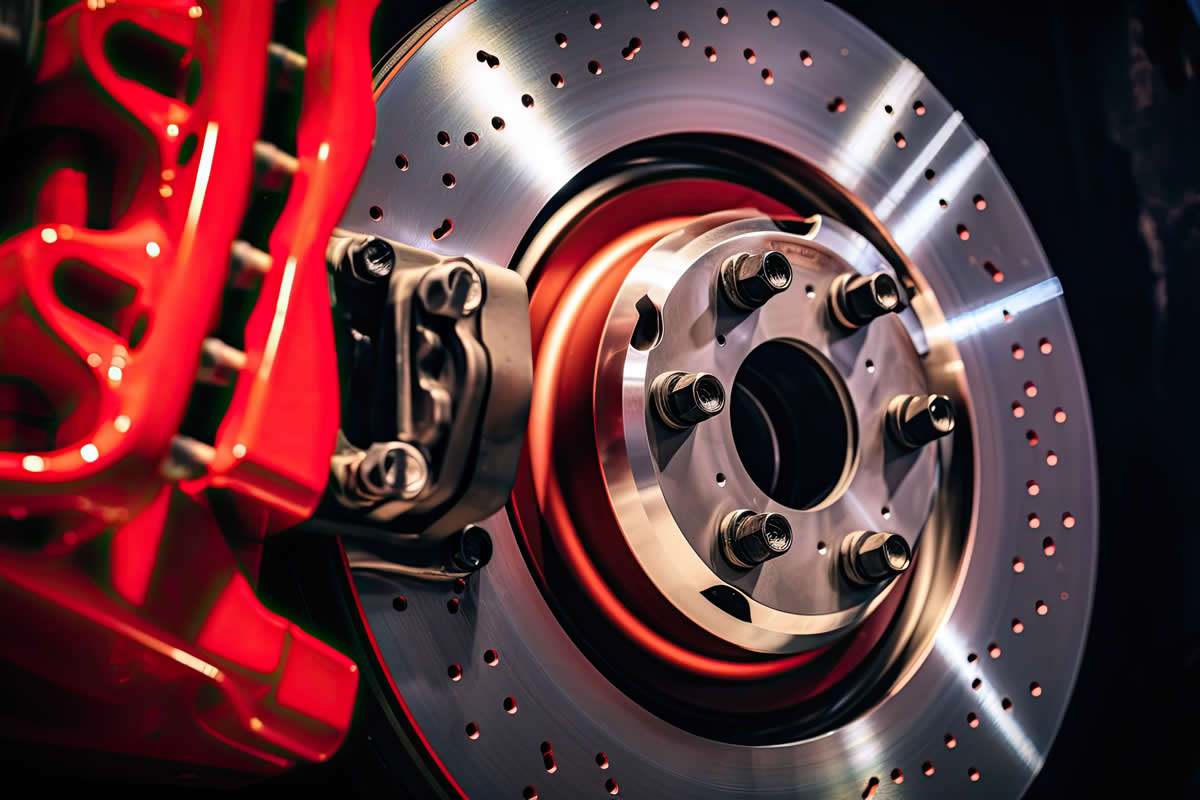







The Definitive Guide To Wheel Hub Bearings In 2024
This is the ultimate guide to wheel hub bearings in 2024 that answers all your questions about them - how it works, how important it is, the warning signs of a failing wheel hub bearing, as well as its replacement tips.
What Is A Wheel Hub Bearing?
According to Wikipedia, wheel hub bearing, also known as wheel hub assembly (WHA), hub assembly, wheel bearing, or wheel hub unit, is small metal balls held within small rings designed to reduce rolling friction. This allows your car’s wheels to spin smoothly, all while sustaining the vehicle’s weight.
Each wheel on your vehicle has its own set of wheel bearings located within the wheel hub.
How Does A Wheel Hub Bearing Work?
For a car to drive, its wheels need to turn quickly. A typical wheel on a car driving about 100 km/h is spinning around 840 times per minute.
Wheel hub bearings are the ones responsible in reducing the amount of friction and heat generated in this process. Hence, allowing you to turn freely and steer safely.
4 Common Reasons For Wheel Hub Bearing Failure
Whether it is done directly or indirectly, these reasons can be why your wheel hub bearing breaks or wears out earlier than usual.
#1 Driving in water that is hub deep or higher. Allowing water into the wheel bearing will contaminate its lubricant;
#2 Consistently driving on roads with poor conditions will quickly take a toll on your wheel bearings;
#3 Your vehicle is overloaded. If your vehicle is constantly being weighed down, you will need to replace your wheel bearings more frequently;
#4 Improper installation or poor wheel bearing quality will also cause premature wear.
How To Know If Your Wheel Hub Bearing Is Failing?
Driving with a bad wheel hub assembly is dangerous. That is why every driver must know the signs of a failing wheel hub bearing to stay safe on the road.
Sign #1 – Noises
If a wheel bearing goes bad, more friction will be placed on the wheel. You may hear ‘metal grinding on metal’ noises that get louder as your vehicle goes faster or as you turn your car.
Sign #2 – Steering wheel vibration
If a wheel bearing seal is broken and the insides become contaminated, it could cause a rough ride and vibrations on your steering wheel.
Sign #3 – ABS malfunctioning
The ABS light will come on if the sensor isn’t reading properly or if the signal is lost.
Sign #4 – Abnormal side pulling
If you feel an abnormal tugging at your vehicle’s side when you brake, it can be a sign of a failing wheel hub bearing.
Replacement Tips
Wheel bearings have an average lifespan of 136,000 to 160,000 km. However, this highly depends on the quality of the wheel bearings and your driving condition.
Correct installation and the usage of appropriate tools are essential for a long-lasting wheel hub bearing. We recommend to always have them checked and fitted by a professional mechanic to be safe.
Saiko's extensive selection of wheel bearings and hub assemblies spans many specific makes and models. From Proton to Toyota, you can find everything you need at Saiko.
The Bottom Line
Today, we’ve discussed what a wheel hub bearing is, how it works, the causes of a failing wheel bearing, and how to recognize the signs of it.
To know more car care tips and advice, be sure to revisit our blog soon.
Recent Posts

Top 5 Car Spare Parts You Should Be Checking Regularly
03 Feb 2025

The Definitive Guide To Shock Absorber In 2024
01 Dec 2024

The Definitive Guide To Drive Shaft In 2024
01 Dec 2024

The Definitive Guide To Timing Belt In 2024
01 Dec 2024

Best Place to Buy Quality Auto Parts in Malaysia
01 Dec 2024
 Whatsapp Us NowSaiko Automotive
Whatsapp Us NowSaiko Automotive